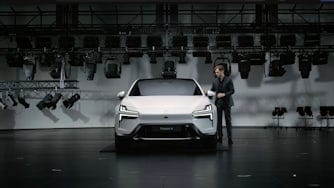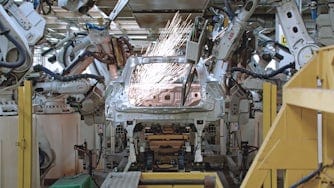A second life for batteries
To “Frankenstein” something is to combine a number of different elements to create something new. Though the term has seen widespread use in the PC building world, it’s equally applicable when speaking of batteries. Especially since, like Mary Shelley’s scientist, we’re bringing them back to life.

We are always aiming to be more sustainable and that has pushed us to seek ways to improve the production cycle and promote circularity. To ensure the maximum use of the minimum resources, we are looking into ways that batteries can be used again after their first life cycle in the car.
Manufacturing a battery pack is costly and energy intensive. A report issued by the Swedish Energy Agency showed that only 5% of batteries in the world are currently recycled. In order to make sure that the batteries can last longer and be properly reused, we are looking into ways to repair or refurbish the battery to place it back in a new car using regional battery centres.
After that comes a second life, non-automotive application for the battery, such as energy storage at a solar panel charging station. A great example is the work that Volvo Cars is driving, a prototype project that can power 80 charging stations using 5 EV packs for a total of 390 MWh.
Finally, the batteries are disassembled, and the parts are sent to the suppliers to be used to create new batteries. Thus, closing the loop and creating a fully circular process, from raw materials to raw materials.
Being able to give batteries a second life is a resurrection of sorts, one that enables the creation of even more sustainable electric performance.


